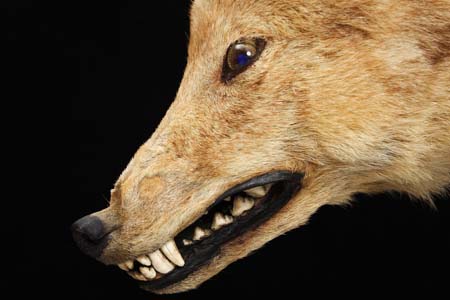

That gives more credence to the theory that dogs first evolved in East Asia, rather than in Europe or the Middle East, as others have suggested.ĭNA from 2,000-year-old dog remains in Northwest Siberia (pictured) indicate all modern canines descend from animals domesticated by people living in Eurasia during the Upper Paleolithic ageĪlthough the oldest canine remains that can be clearly distinguished from those of wolves dates to about 15,000 years ago. Some of these descendants evolved into Japanese wolves while others gave rise to dogs. The data suggest the two species emerged from a single ancestor-a since-vanished population of gray wolves that likely lived somewhere in East Asia. Without live specimens to sample, researchers took genetic material from bones of stuffed wolves on display at museums in Europe and Japan, as well as from some skulls kept on roofs as superstitious charms.Ĭomparing the genome of the extinct species, known in Latin as Canis lupus hodophilax, with a variety of modern wolfs, dogs, foxes and other canids, researchers at the Graduate University for Advanced Studies in Hayama, Japan found the Japanese wolf emerged right at that evolutionary split 20,000 to 40,000 years ago. Now, researchers have found your pet puppy's closest known wild relative: the Japanese wolf, which was hunted to extinction more than a century ago.

The modern dog broke off from its feral cousin, the gray wolf, some 20,000 to 40,000 years ago, but following that ancient family tree has proven difficult, since no living wolf species are genetically very closely related to the domesticated canine.


 0 kommentar(er)
0 kommentar(er)
